So, if you follow me or know me personally, you may be aware that I recently completed my first half marathon. I can proudly say that I am just as fast as Eliud Kipchoge doing half the work. I can also proudly say that I have learned how imperative exercise nutrition is. From fueling for the event to the recovery DAYS after- the food I was consuming mattered more than ever. In this installment from The Rooted Life, I breakdown the physiology behinf your workouts, what it means food wise, and the food you need after your next weight-training or endurance session.
The Basics
Resting, the body utilizes fats when on the day to day or when partaking in minor physical activity- like casual walking. However, when it comes to more intense exercise, aerobic or not, the body taps in to stored glucose- first from the muscles, then from the liver. Our bodies can absorb glucose from broken-down starchy carbohydrates and sugars. This cannot happen without insulin. Insulin is released from the pancreas in the presence of glucose and attaches itself to receptors to let in glucose… still following? Basically, sugar gives energy when physically asserted. Yes, your body can adapt to be fat-reliant- using amino acids from proteins to produce glucose; but, even Keto followers, especially athletes, need to replenish glycogen stores¹
For many of the readers on this site who are following a Paleo lifestyle, many carbohydrate sources are taken off the plate: rice (more on this later), other grains, beans, dairy, excessive fruit (also more on this later), etc. So what do “we” do? Keep scrolling!
Replenish and Recover
Like I said, most day-to-day activities do not require a whole “post-workout” addition. For activities that high intensity or lasting more than 60 minutes, it is important to replenish the energy reserves and repair the muscle fibers that have been torn. Optimal timing is whenever the body has returned to a parasympathetic state to a few hours after. Exercise creates stress, and stress in turn messes with our digestion, thus creating poor absorption of critical nutrients required in the recovery process.
Keep the addition of a post workout treat simple: a 2-3:1 ratio of carbohydrates to protein. Add a small amount of fats to help transport vitamins and proteins, relieve inflammation, and curb instant hunger pains. Throughout the day, keep carbohydrates “minimal”. In our modern era, we have developed a reliance on carbohydrates as our sole fuel source. It is important to remain metabolically flexible, which is why I believe to include ALL macronutrients in relatively equal amounts (vegetables being the magic fifth macro and the largest consumed) for following meals. If the goal is to lose weight, this would be the one time to turn this in to a meal; otherwise, use in addition when looking to gain mass or to maintain.
When looking for carbohydrate sources to consume, do not place the sole focus on fruits like bananas or dates. Fruits are great for quick energy and quick insulin spikes to transport nutrients. However, large amounts of fruits can be contradicting to muscle repair. Fruits mainly contain fructose. Fructose can NOT be used for energy like glucose can. Instead, fructose filters through the liver and removes like a toxin. When fruit is readily eaten, it puts a strain on the liver and thus is unable to efficiently shuttle nutrients and manage detoxification. In this case, proteins also cause an insulin spike.Consuming optimal protein amounts would be sufficient enough to cause this reaction.
A Note on Electrolytes
It is also essential to replenish electrolytes after most workouts. Sodium, potassium, magnesium, calcium, chloride: all power players in maintenance of muscle function and recovery. Most sports drinks on supermarket aisles do not provide optimal ratios of these minerals and come with the price of manufactured sugars. Some simple additions that you can do instead of reaching for the next generic sports beverage are
- Adding Pink Himalayan Sea Salt to your meal or water. Fun Fact: this salt contains the most minerals in its natural form, thus easily accessible for the body
- Take an electrolyte tablet. I personally enjoy Nuun tablets for on-the-go doses. Vital Protein recently put out a Branched-Chain Amino Acid Electrolyte Collagen Supplement that I love since it includes collagen, an important builder for not only muscles, but also tendons and ligaments.
- Creating your own Sports Drink: coconut water, salt, honey. Nuff said.
This is not to disregard pre workout fuel either. I personally start off my day, before heading on a run or to the gym, with a coffee with collagen and coconut oil. Collagen breaks down into creatine, the precursor for ATP- aka main energy source via the Krebs Cycle… “the mitochondria is the powerhouse of the cell.” Anyway, coconut oil, although nutrient deficient, directly converts and is used as alternative energy. If you’re like me and are an early bird, remember dinner plays a huge factor. Yes, load up after dark- what you heard about it all turning in to fat is a myth, especially if you are incredibly active.
Proper Fuel
Now that all the science-y talk is done, here’s the applicable stuff.
Carbohydrates
- Any and all potatoes. Steam and cool to increase resistant starch, helpful for the gut biome and to sustain energy levels.
- White rice. Rice is usually a no-no when sticking to Paleo. On the contrary, it is not the carbohydrate-ness that is off limits. It is the antinutrients of grains that can found on the outer shell². When producers remove the shell, creating white rice, all those inflammatory compounds are removed and what is left is starch.
- Sprouted grains. Again, usually a no-no but for those who are looking to replenish efficiently or looking to add easy calories to gain weight, adding wholesome sprouted grains does this, as well improve digestion.
- Plantains. If a potato and a banana had a baby, it would be the plantain. The greener, the more potato-esqe; the browner, the sweeter. Use like you would with potatoes, like in this recipe here on Civilized Caveman
- Small amount of fruits, sticking to blueberries, grapes, dates, watermelon, apples, pineapple, and bananas
Protein
Theoretically, 20-30 grams is the optimal amount of protein to support recovery. This amount equivocates to a single 4-5 ounce chicken breast. It can be incredibly easy to consume the necessary protein from natural sources. Beef and eggs are the top choices. Both have high amounts of high essential amino acids and B-vitamins that are important for metabolic processes and blood circulation. If you are following a Pagan lifestyle (shoutout Dr. Mark Hyman) or find consuming an additional physical protein source is out of reacg, protein powders may be beneficial. One of my favorite ones on the market are Rootz nutrition with all the superfoods or Sun Warrior Warrior Blend . Other paleo-friendly staples can be discovered on this site too!
Fats
Going back to fish: fish contains anti-inflammatory fatty acids that alleviates the stress response within the body. Other smart choices would be throwing in half an avocado, almond butter, olives, or grass-fed whole milk. If the main goal is to lose weight, use fats sparingly after a workout.
All in all, post and pre workout nutrition is VITAL to performance. For someone who once restricted themselves on nourishing foods, thinking “I can eat steak today since I squatted”, running 13.1 miles so shifted my perspective. A concept: including more does more. Frankly, the best post workout nutrition is one that includes of whole, nutrient dense foods that you enjoy eating and will ultimately thrive on.
About the Author

Interested in eating more healthy for life?
Listen to our friends over at Wellness Force Radio to learn about the “5 Must Have Nutrition Fundamentals”

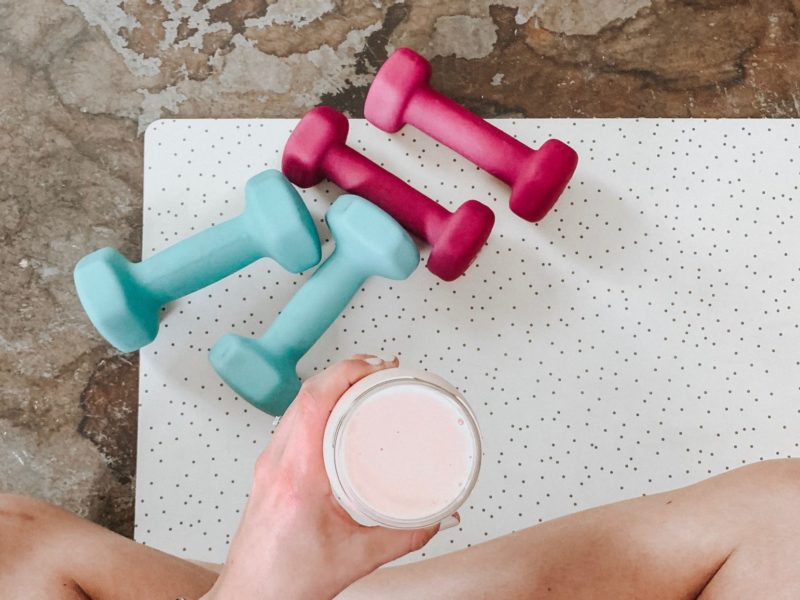
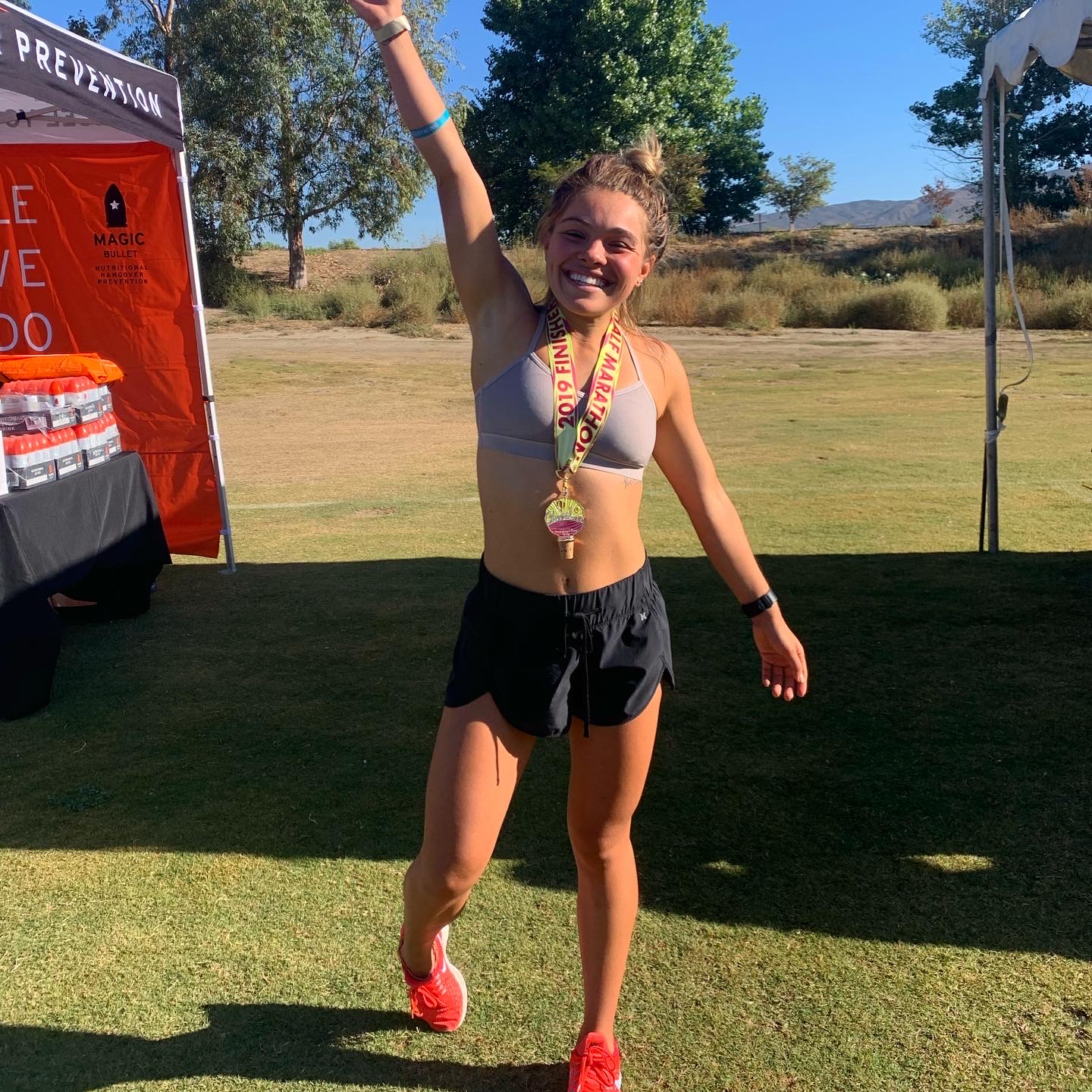
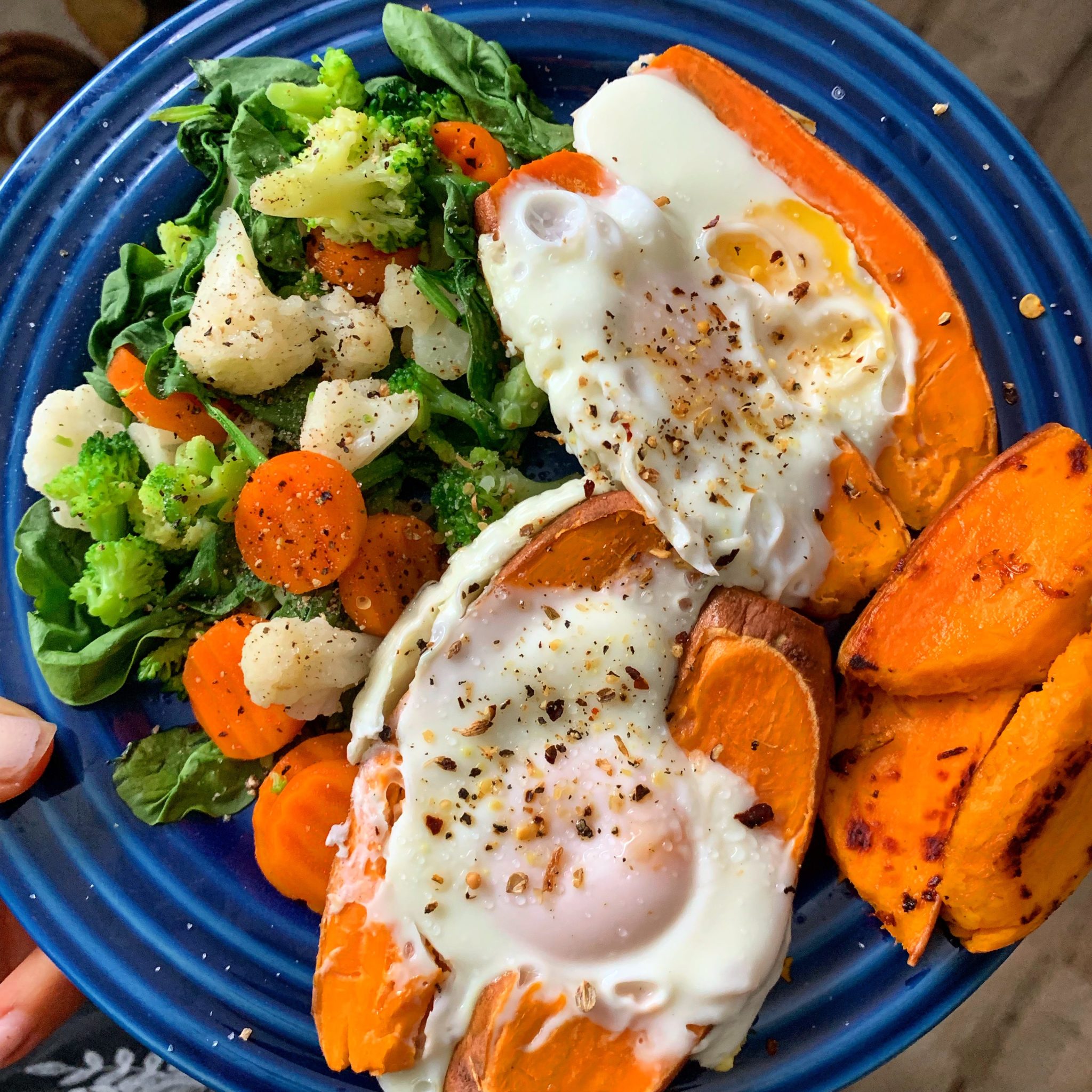
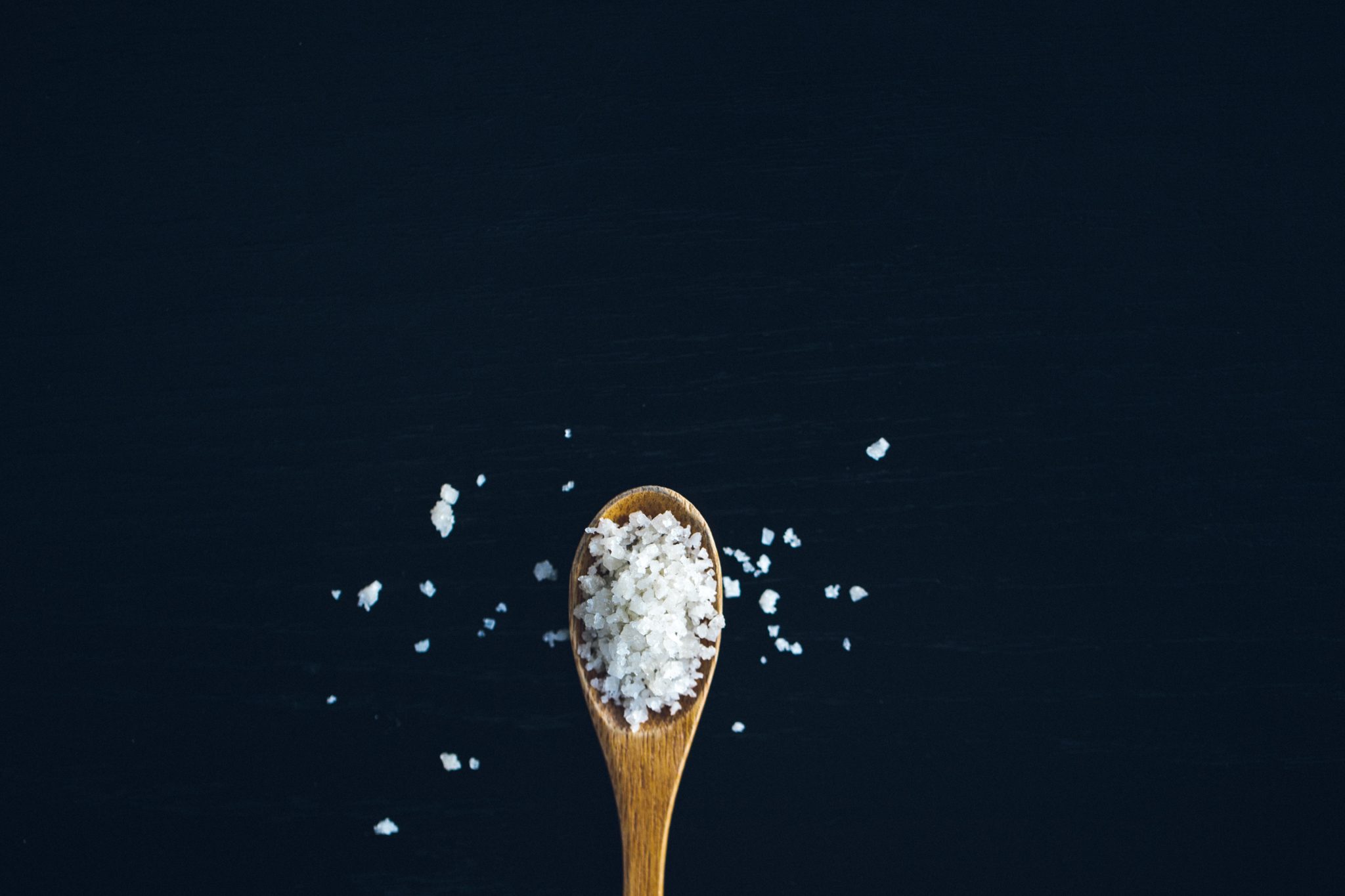
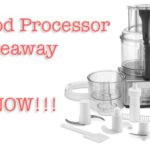

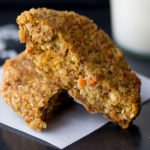
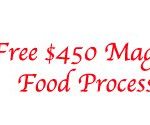

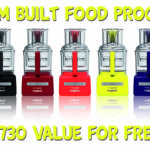
 Paleo Pumpkin Almond Butter “Reese’s”
Paleo Pumpkin Almond Butter “Reese’s”
Very informative and ideas are on point about food for post-workout nutrition. Keep sharing valuable information. Really helpful especially to those new in their fitness and health journey.
Very nice tips, friend. Post Workout is very important